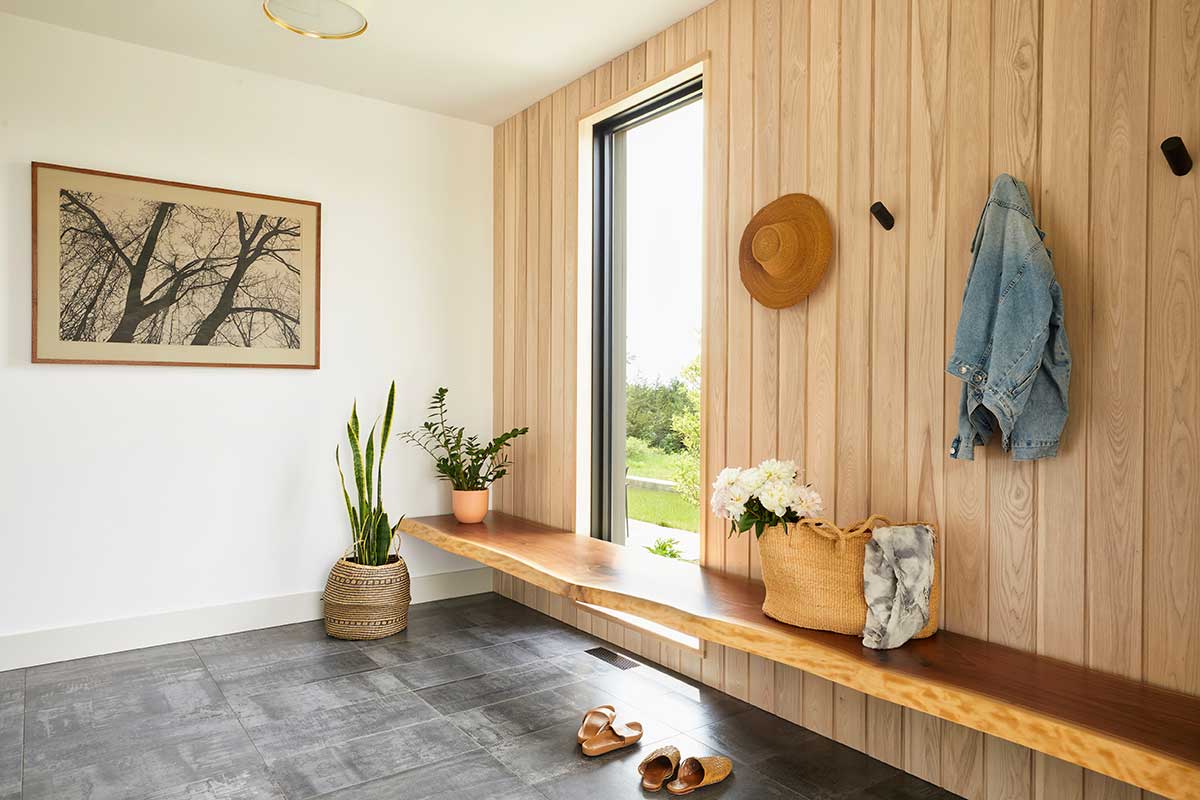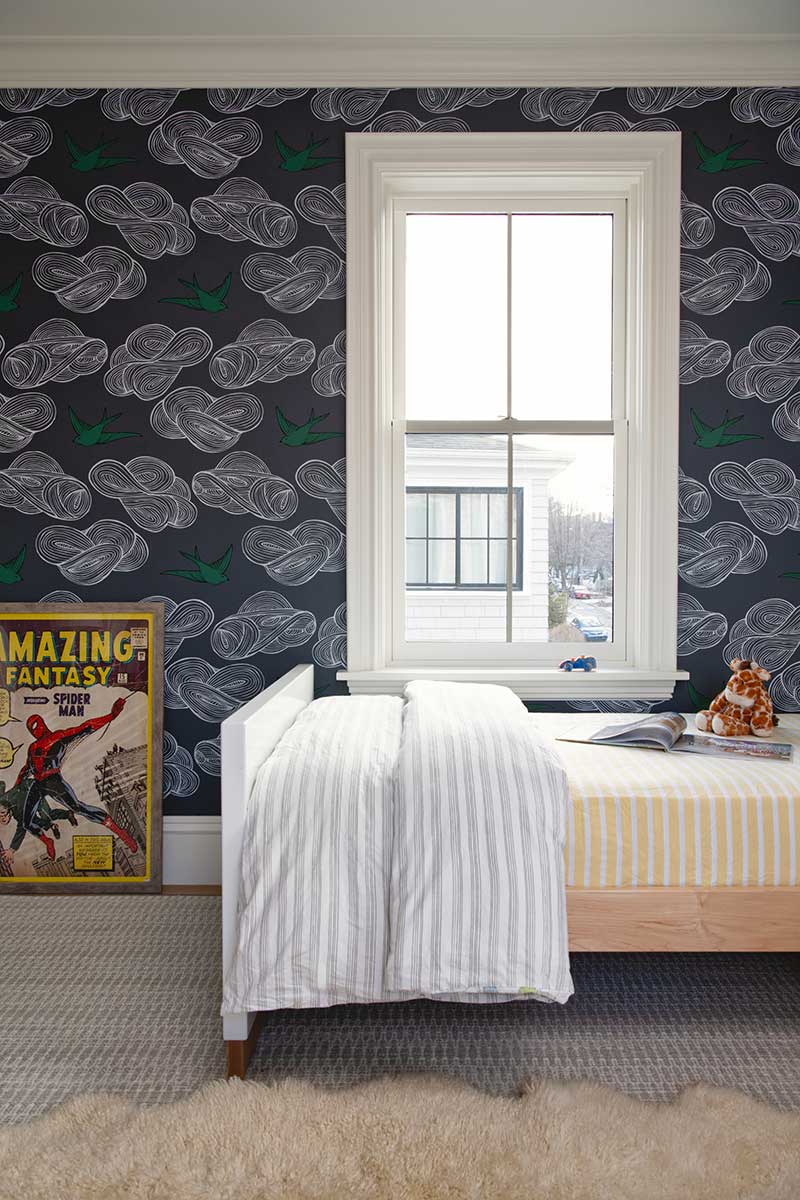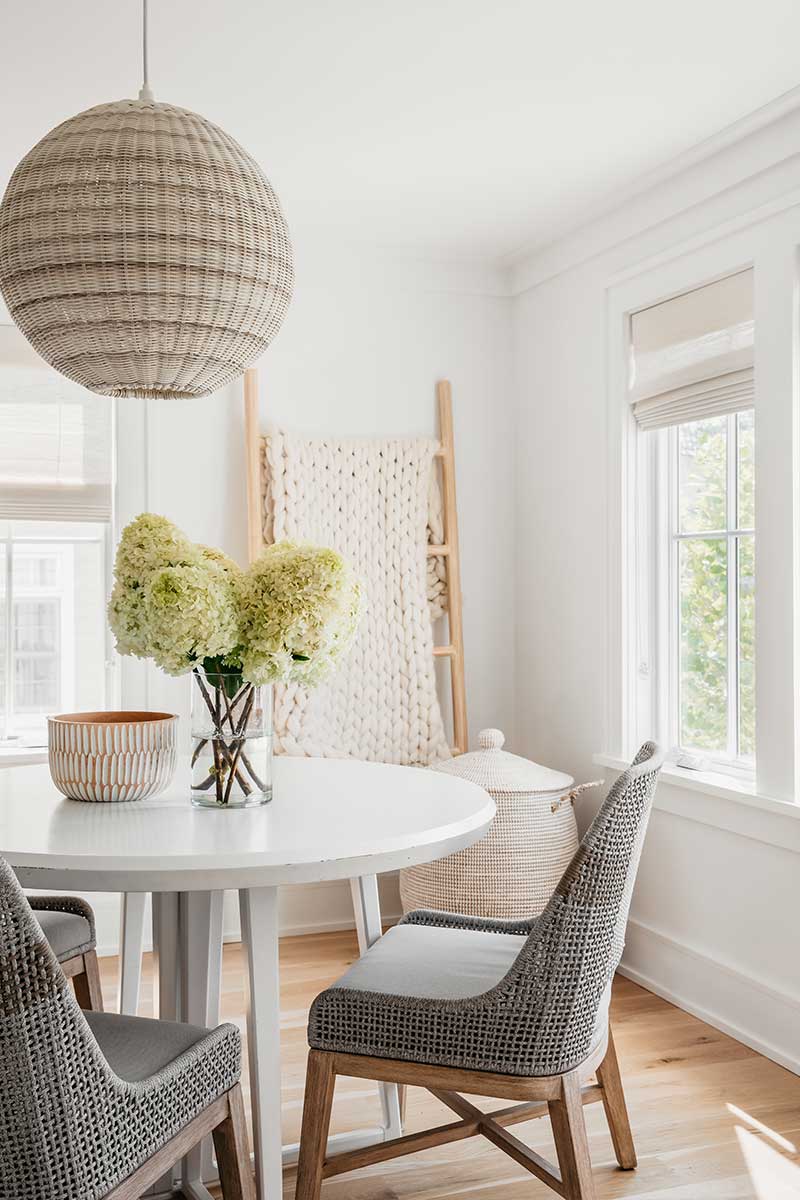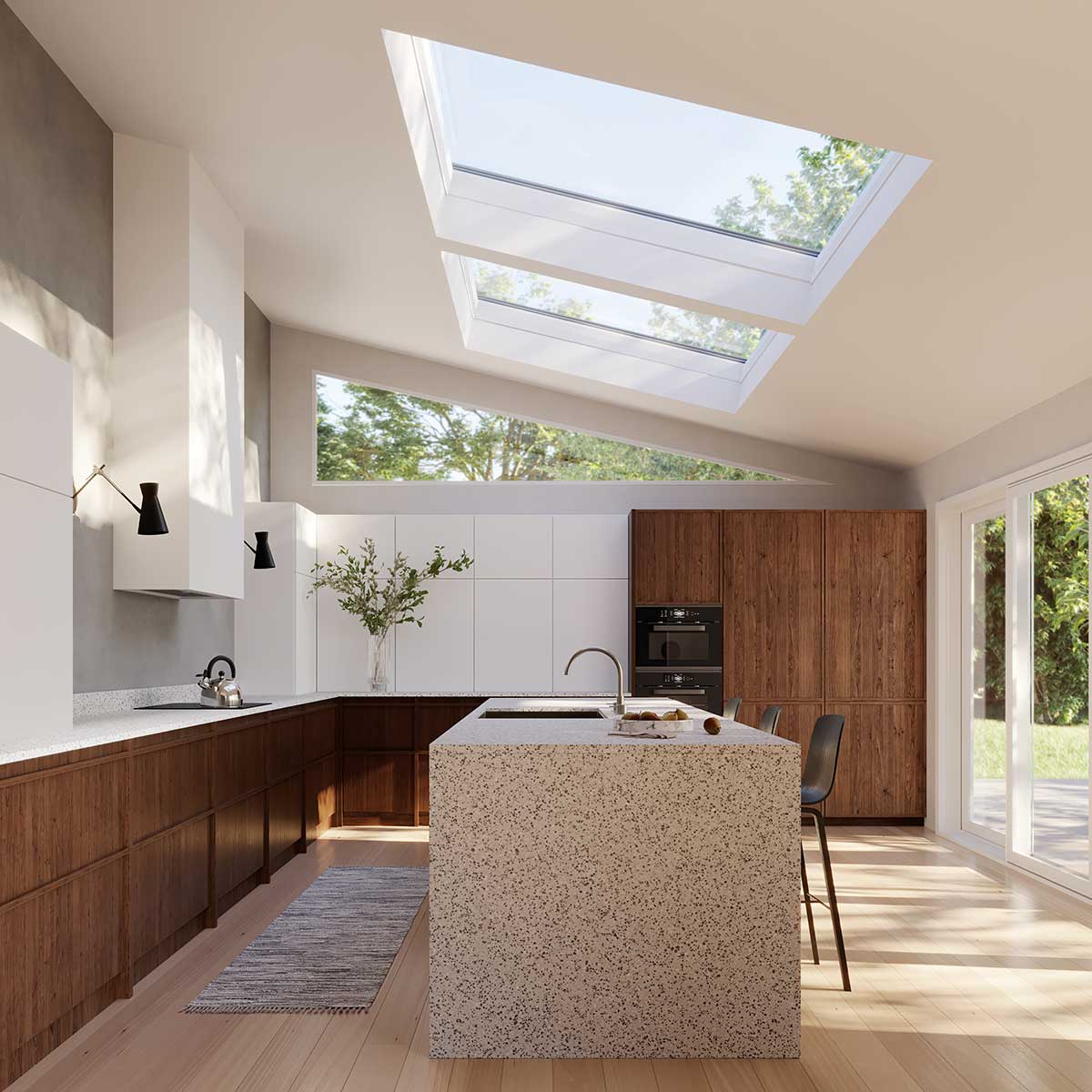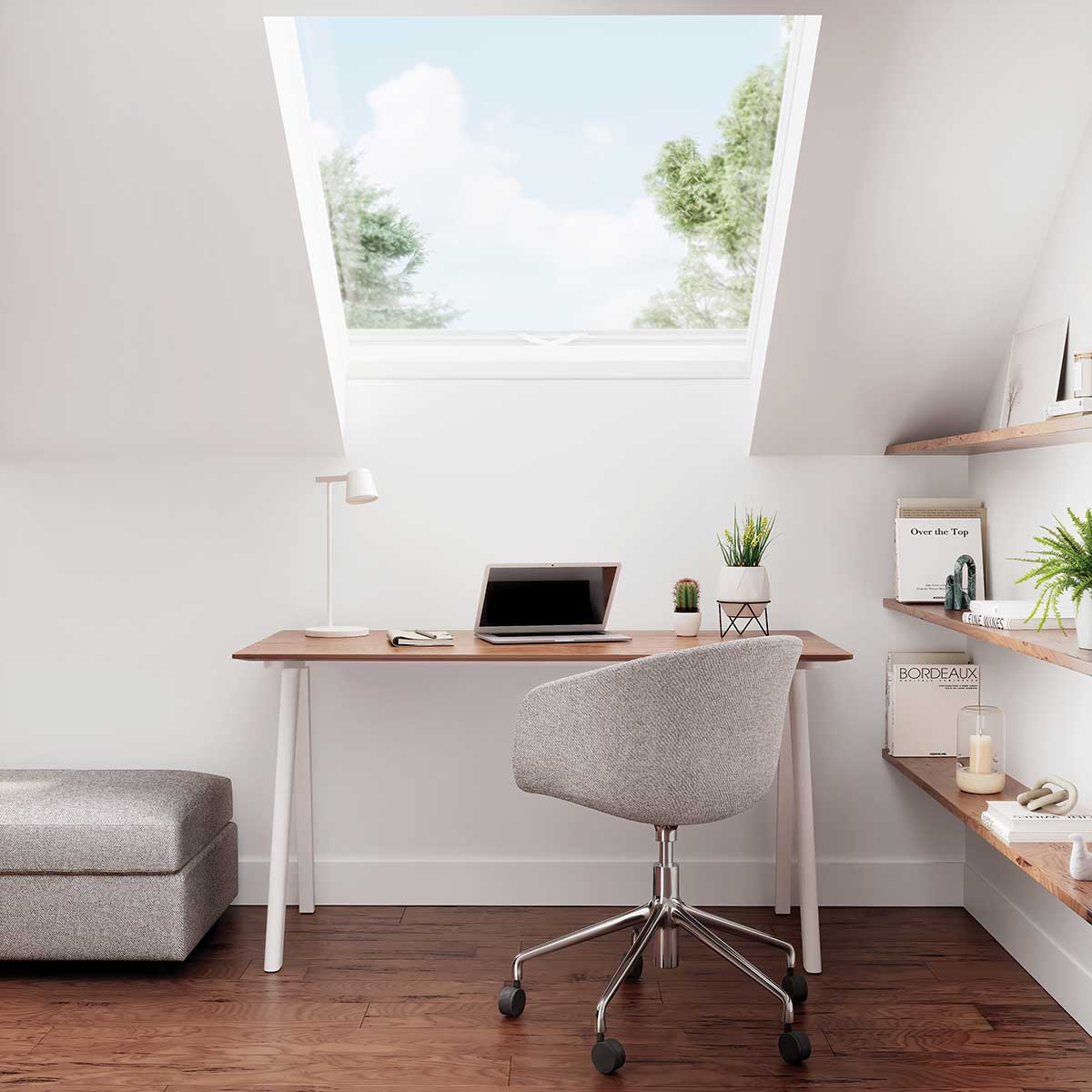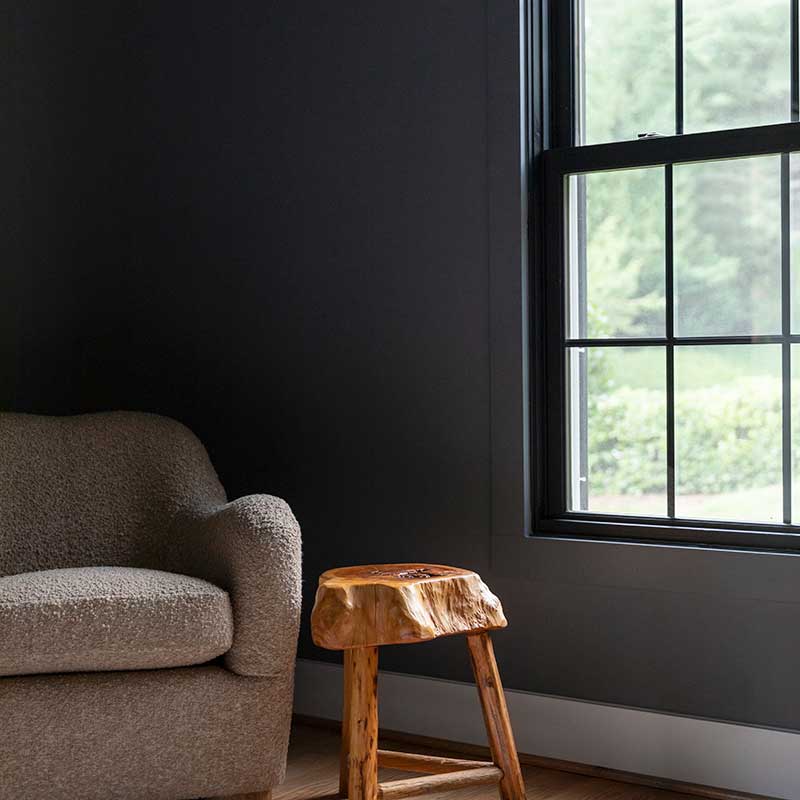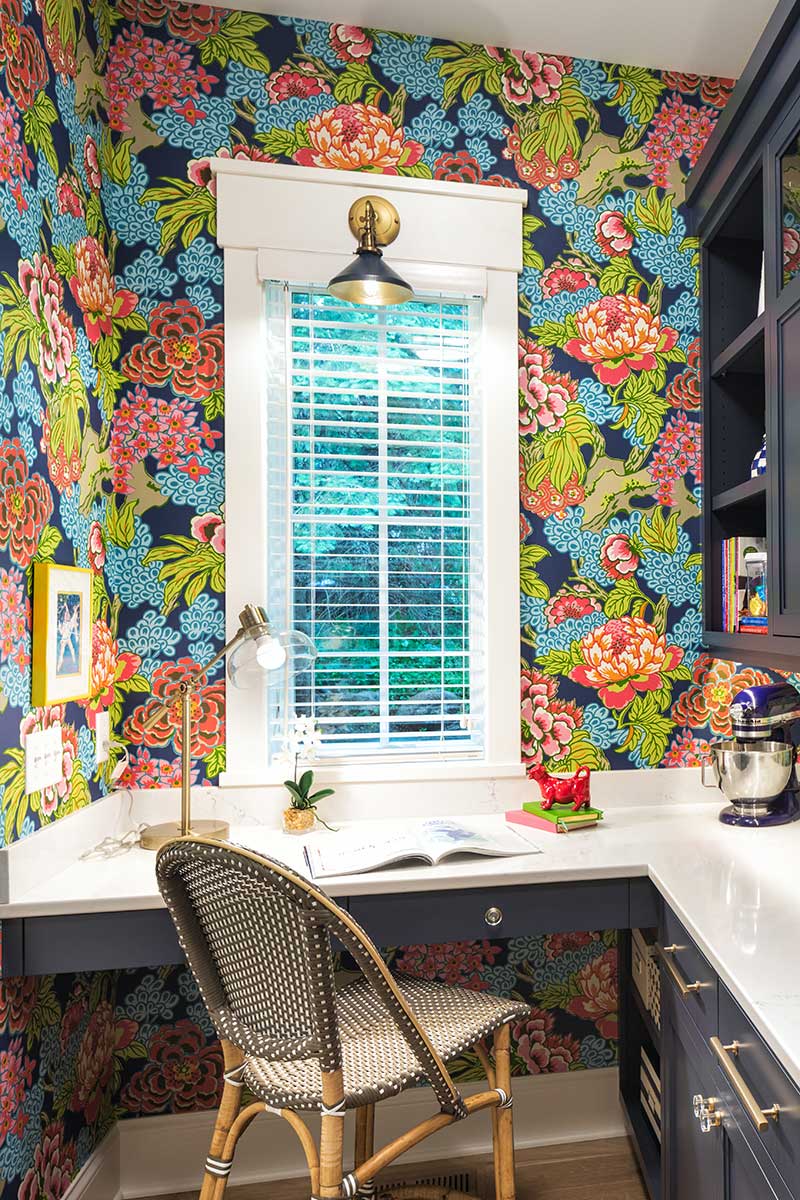“Biophilic design means incorporating natural materials, views, vegetation, or indirect representations of nature like photographs, art, or color and pattern into the design of a space to simulate feelings of being outdoors.”
What is biophilic design and how can we incorporate it into our homes?
Biophilia. Biomimicry. Biometrics. What do these words have in common? As you’ve likely spotted right away, they begin with “bio,” meaning life or living things. In the architecture, design, and building world, biophilia is a word for something we all innately understand – that views of nature, natural materials, and shapes and textures that remind us of the natural world feel good inside our homes.
But it’s not just simply adding a bit of nature to your space and calling it good. In an article for Metropolis magazine, Stephen R. Kellert, professor emeritus at Yale University in the School of Forestry and Environmental Studies wrote, " If design doesn’t focus on aspects of the natural world that contribute to human health and productivity in the age-old struggle to be fit and survive, it’s not biophilic.”
He goes on to point out, “Habitats comprised of disconnected and unrelated elements provide few benefits to its constituents and may even harm individual members. Thus, simply inserting an object of nature into a human built environment, if unrelated or at variance with other more dominant characteristics of the setting, exert little positive impact on the health and performance of the people who occupy these spaces.”
As we continue to spend the majority of our time indoors, we dig into what biophilic design is and how anyone can incorporate natural elements into the design of their home as an instant indoor mood booster.
What is biophilia, in simple terms?
Biophilia, in its simplest terms, means “love of life,” said Jaclyn Whitaker, senior vice president of the International WELL Building Institute (IWBI). The IWBI is leading a global movement to transform our buildings and communities in ways that help people thrive. People like Whitaker are experts in improving health and human experience through design.
“The term biophilia was coined in the mid-60s by a psychologist who referred to it as a ‘passionate love of all life.’ Biophilic design means incorporating natural materials, views, vegetation, or indirect representations of nature like photographs, art, or color and pattern into the design of a space to simulate feelings of being outdoors,” Whitaker said.
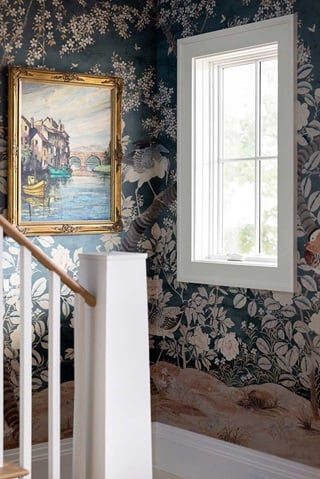
What are the benefits of biophilia?
Humans are hardwired to crave nature, and studies have shown there’s a positive biological response that happens when we encounter nature – something that’s been ingrained in us since our earliest days living on the savanna.
“This response has been mapped onto our brains, that elements of nature will impact both productivity and happiness,” Whitaker said.
Specifically, exposure to natural elements is linked to lower blood pressure, depression, anxiety, and an increase in the ability to focus, recover from stress, and endure pain. If you find yourself gazing out of your window when trying to gather your thoughts, your brain might be seeking that sense of focus. If your stress melts away the minute you walk into a room with beautiful blue curtains and a carpet that reminds you of the ocean, the calming effect of biophilia is at work.
In an article for Dwell magazine, biophilia expert Bill Browning said, “Even looking at an image of nature for 40 seconds will switch the way your brain processes information. The prefrontal cortex quiets down as you expend less energy, and after you’ve had that view, you’ll be less stressed and you’ll have better cognitive capacity.”
“This response has been mapped onto our brains, that elements of nature will impact both productivity and happiness.”
How is biophilic design incorporated into spaces?
Biophilic design can be achieved in two ways: direct representation, like an actual living plant or a wood beam, or indirect representation, which can involve any items that mimic aspects of nature in color, texture, or pattern.
“You can get the benefits of biophilic design through imitations of nature. Certain carpeting gives the impression of water, art can bring nature images inside where there aren’t windows, textiles or wallpaper can have patterns that reproduce things you see in nature, even furniture can achieve “biomimicry” with different shapes that might mimic the curve of a wave or another natural element,” Whitaker said.
Whitaker assures that a space doesn’t need to have an indoor atrium or a fancy water feature to conjure positive associations with nature.
“There are a lot of objects or design choices that people might not even be aware of that are drawing on the innate connection to nature,” she said.
How city dwellers, with limited access to nature, can realize the benefits of biophilia
What if your home is in the middle of a bustling city with little green space or natural views? The beauty of biophilic design is that it can be incorporated into any space, regardless of your surroundings.
Bringing nature into a space could begin with sounds – a babbling brook or chirping birds that can affect your mood even if they’re just coming from a speaker in the corner of your living room. Look for ways to bring dynamic and diffuse light into a space, with varying intensities of light that change throughout your day. The built-in LEDs of the Marvin AwakenTM Skylight have been designed to replicate the temperature and intensity of natural light, helping to support your natural rhythm indoors.
A city view can also tap into some of the principles of biophilic design, including the concept of prospect and refuge—having an unimpeded view over a distance and a place for withdrawal or refuge, like a cozy nook or space in a home.
Five tips to incorporate biophilic design into your space
If you took the plunge and ordered that floral wallpaper that draws you into the little half bath off of your kitchen, or opted for that jute rug that brings a sandy hue and grass-like texture to your living room, these are all elements of biophilic design that help contribute to the way you feel when you’re inside. Here are five things you can do to boost the nature quotient in your home today:
If you’re looking for a more comprehensive, mood-boosting overhaul, a professional designer can help orchestrate a top-to-bottom calming environment that incorporates the kind of elements that will help keep your stress at bay and your productivity up.
Related Content
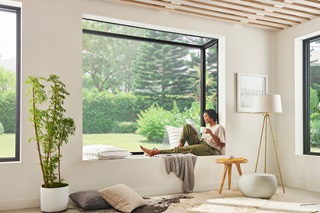
The Right Light, at the Right Time: Your Body Needs It
Exposure to natural light has a significant impact on well-being. We delved into the science to better understand how to enhance your home with natural light to achieve happier, healthier living.
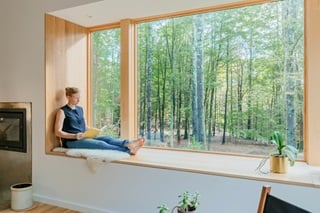
Tips for Improving Indoor Air Quality
A few simple steps and a bit of awareness can go a long way to ensure you are breathing healthy air inside your home.
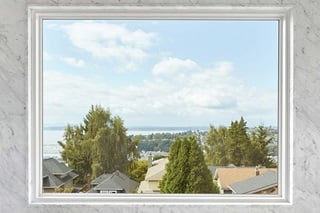
Pretty as a Picture (Window)
Photo cropping isn’t just for Instagram. Windows are the original cropping tool, offering an intentional way to frame views that can end up looking a lot like art.
